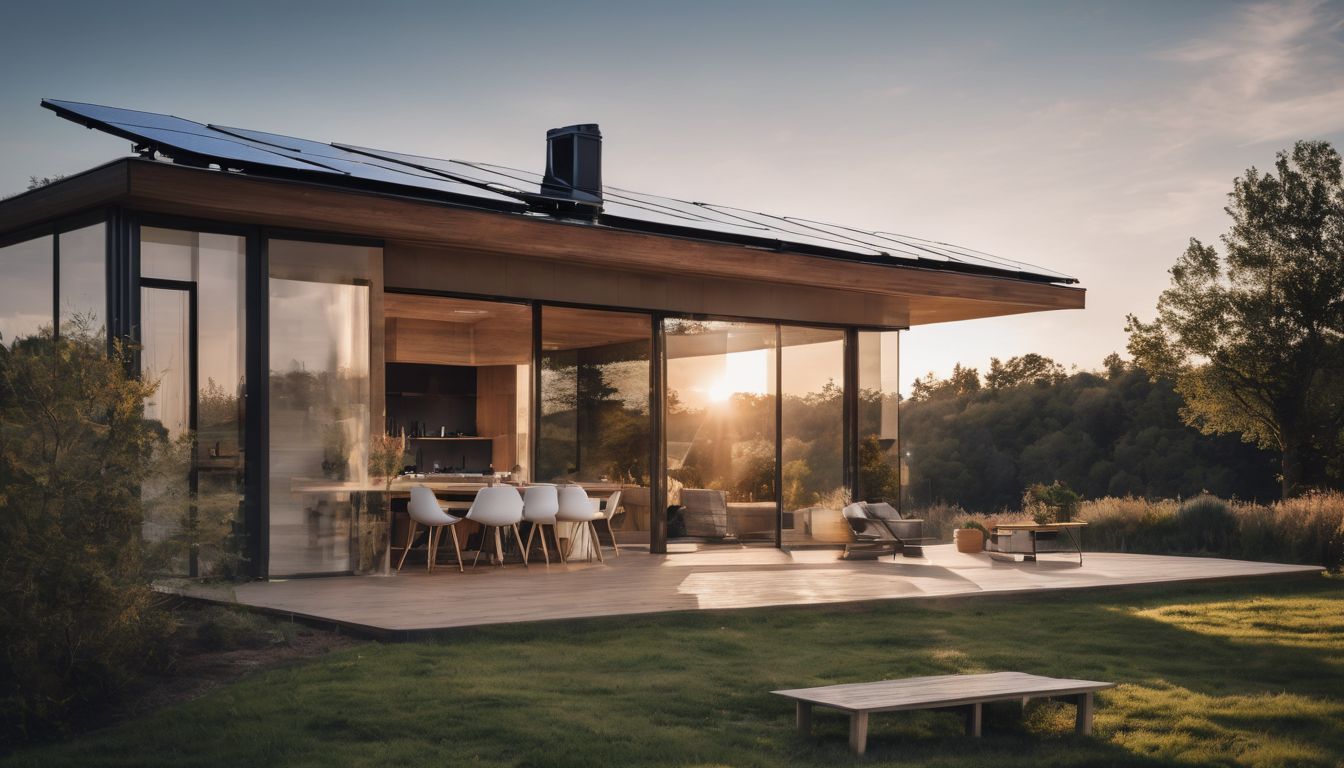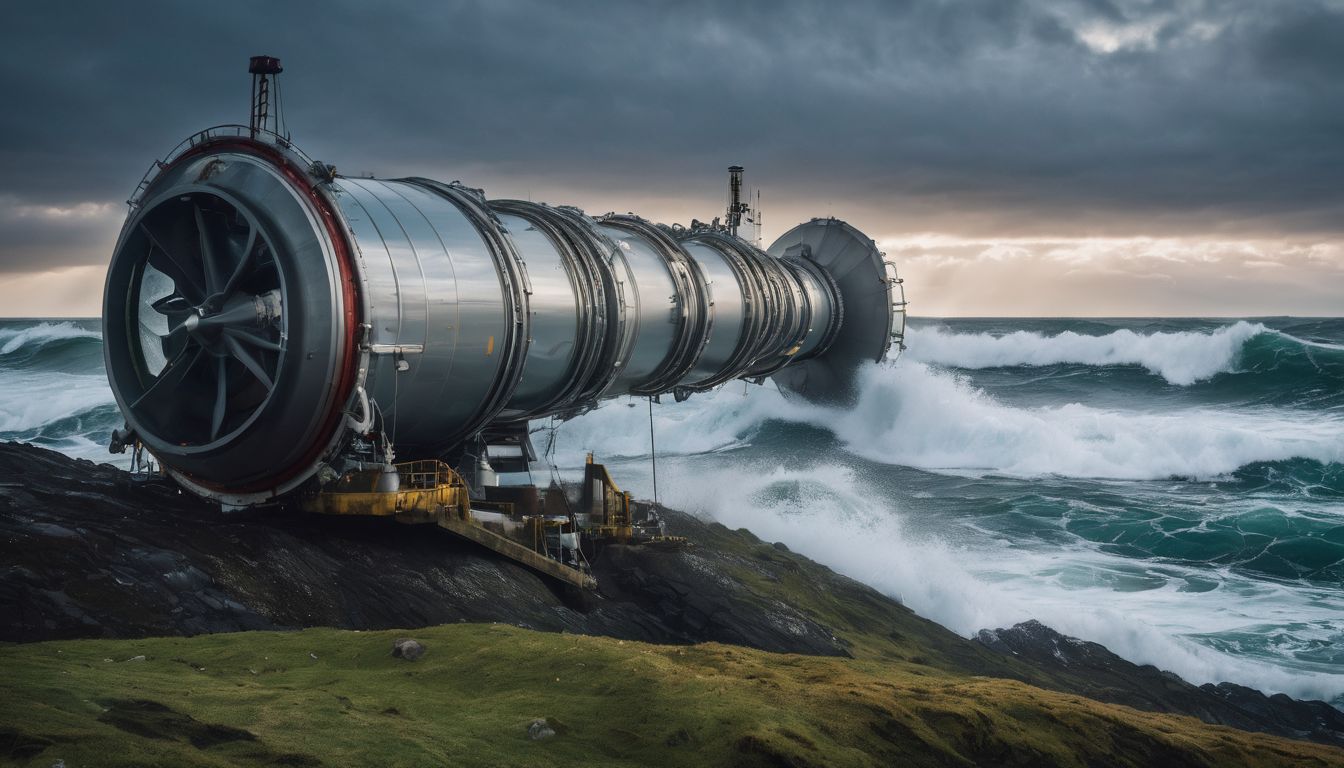Cold days are upon us as autumn sets in. Are you wondering whether you can weather another winter of high heating costs? Is it time for a new furnace? In most homes, heating is the largest energy expense—it accounts for 35-50% of annual energy bills in the colder parts of the United States.1 Even if your furnace isn’t that old, upgrading to a higher efficiency system might really pay off. The following guide will help you to determine whether high efficiency heating is a good option for your home or business.
BENEFITS FOR THE ENVIRONMENT: Switching to a high efficiency heating system can save a great deal of energy. The less energy we use to heat our homes, the less carbon emissions and global climate change .
BENEFITS FOR YOUR WALLET: High efficiency heaters can pay for themselves in just a few years and can start generating return for many more years after that. If you can afford to put in some money now, you will start getting lower utility bills immediately!
TIME AND EFFORT: Medium. Doing your due diligence to find the best high efficiency heater for your home can seem overwhelming. However, there are a number of online resources you can use to assess your options. Plus, most contractors are now very familiar with these newer products.
Step 1: Determine the general efficiency of your current furnace
The best furnaces on the market today have efficiencies upwards of 97 percent. In contrast, most standard furnaces installed in the last 20 years have an efficiency that is less than 85%.2 This means that even though your current furnace may have an expected lifetime of 25 years, it could still pay off to replace it before it fails. Certainly if your furnace or boiler is more than 20 years old, it’s time to call a contractor. According to the American Council for an Energy-Efficient Economy, you should also consider a replacement if your system is:
- An old coal burner that was at one point switched over to oil or gas.
- An old gas furnace without an electronic ignition. If your furnace has a pilot light, it was probably installed prior to 1992 and has an efficiency of about 65% (yikes!).
- An old gas furnace without vent dampers or an induced draft fan. Dampers and fans limit the amount of heated air that is wasted through release up the chimney when the heating system is off.3
Old vs. new heating system.4
Step 2: Conduct a detailed study of the efficiency of your current furnace
If you are still on the fence about whether you should look into a new furnace, the easiest thing to do is to hire a home performance or heating contractor5 who can perform a detailed audit of your existing system. In some cases it may be most cost effective to spend your money to improve wall and window insulation, repair ductwork, or tune up your system.6 You may also be able to upgrade your furnace by cleaning it, resealing your ductwork, or replacing your pilot light with an electronic ignition. More maintenance tips are available at the guide to insulating your home which will help you save on your energy costs year-round. Another thing to consider when thinking about investing in a new furnace is whether there are ways to reduce the amount of time you will need to use your furnace. Turn down that thermostat and snuggle up in a warm sweater with your sweetie!
This is a 1940s poster encouraging tenants to use their heater less to help aid the war effort.7
Step 3: Calculate Your Return on Investment
The easiest back-of-the-envelope calculation you can make to see if a new heating system will pay off is a payback period calculation. Obtain last year’s fuel bills from your gas utility company. Multiply last year’s bills by 20 percent, then divide that total into $3,000 – the average cost of buying and installing a new system.8 The total you come up with is an estimate of the number of years it will take you to get back your investment and start saving outright. Also keep in mind that if natural gas prices go up, this will shorten the payback time.
To determine the return on investment, figure out approximately how much it will cost to install a new system. Use the table below to calculate the amount of money you can save every year with a more efficient system.
- First, find the horizontal row corresponding to your current, old system’s AFUE. AFUE is the annual fuel utilization efficiency, the thermal efficiency measure of combustion equipment like furnaces, boilers, and water heaters.
- Next, choose the vertical column corresponding to the proposed, new system’s AFUE.
- The number at the convergence of the chosen row and column is the projected dollar savings per hundred dollars of existing fuel bills.
| Existing System AFUE | New/Upgraded System AFUE | ||||||||
| 55% | 60% | 65% | 70% | 75% | 80% | 85% | 90% | 95% | |
| 50% | $9.09 | $16.76 | $23.07 | $28.57 | $33.33 | $37.50 | $41.24 | $44.24 | $47.36 |
| 55% | —- | $8.33 | $15.38 | $21.42 | $26.66 | $31.20 | $35.29 | $38.88 | $42.10 |
| 60% | —- | —- | $7.69 | $14.28 | $20.00 | $25.00 | $29.41 | $33.33 | $37.80 |
| 65% | —- | —- | —- | $7.14 | $13.33 | $18.75 | $23.52 | $27.77 | $31.57 |
| 70% | —- | —- | —- | —- | $6.66 | $12.50 | $17.64 | $22.22 | $26.32 |
| 75% | —- | —- | —- | —- | —- | $6.50 | $11.76 | $16.66 | $21.10 |
| 80% | —- | —- | —- | —- | —- | —- | $5.88 | $11.11 | $15.80 |
| 85% | —- | —- | —- | —- | —- | —- | —- | $5.55 | $10.50 |
| 90% | —- | —- | —- | —- | —- | —- | —- | —- | $5.30 |
Annual Estimated Savings for Every $100 of Fuel Costs by
Increasing Your Heating Equipment Efficiency Assuming the Same Heat Output9
For example, let’s assume that the AFUE of your present heating system is 65%, and you plan to install a new high efficiency system with an AFUE of 90%. Your projected savings is $27 per $100 of fuel costs. This means that if your annual fuel bill is $1,300, then your yearly savings will be approximately $27 x 13, or $351. Your return on investment will be the quotient of your first year savings divided by the installed cost. In the example above, the ROI = $351 ÷ $2,500 = 0.14 = 14%.
Step 4: Pick a Furnace
Furnace retrofits are fuel-specific. This means that if you do plan to replace your furnace, you should check out the following, fuel-specific retrofit information guides:
When choosing a furnace, remember that the more efficient your new furnace, the more money you will save in the long run. ENERGY STAR furnaces are a good bet. ENERGY STAR certified furnaces sold in the southern portion of the U.S. are up to 12% more efficient than standard models; ENERGY STAR certified gas furnaces sold in the northern half of the U.S. are up to 16% more energy efficient than baseline models; while oil furnaces are up to 4% more energy efficient than baseline models.10 The bottom line is that if a new energy efficient furnace will pay for itself in 5 to 10 years and you can afford the upfront cost, both you and the environment will benefit in the long run!11




